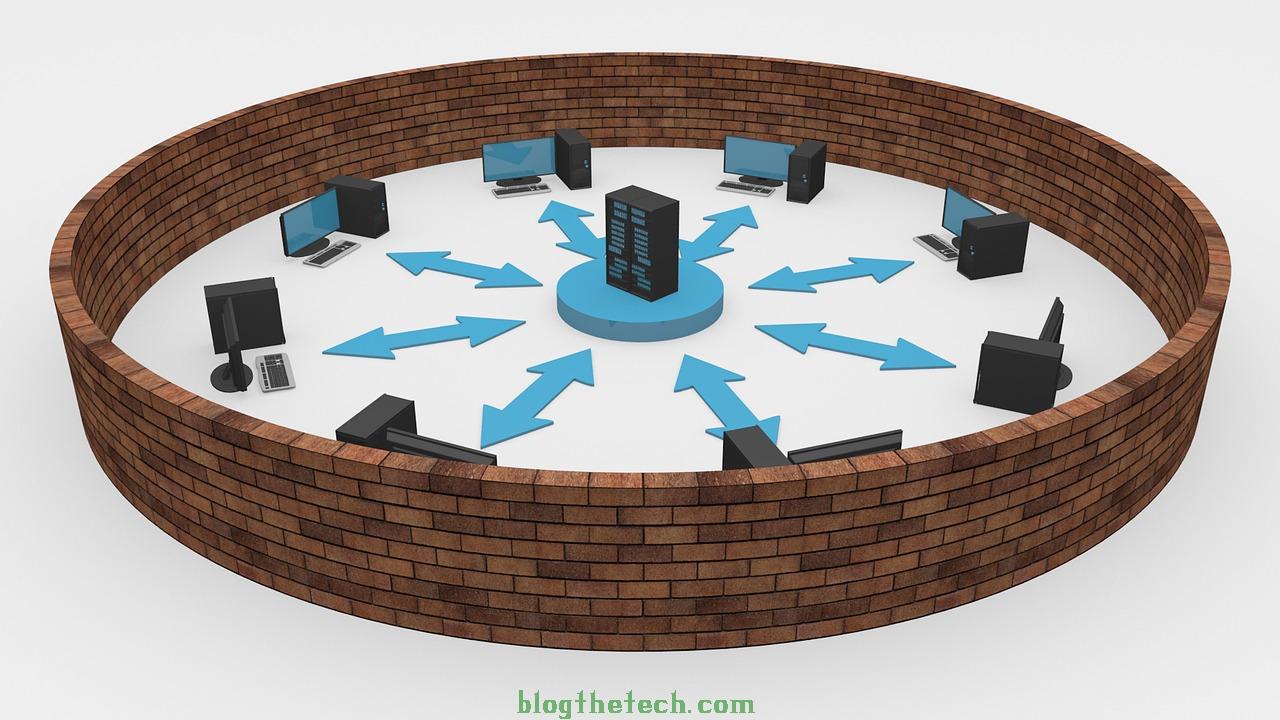Enterprises today are finding it difficult to get all parts of a business operating on one network. Due to various obstacles with geographical location and type of connection, organizations need to find ways to reduce bottlenecks while accommodating collaboration.
But the issue of functionality is just the beginning. With all the evolving online threats out there, security is an equally essential concern to the flow of network data. To address these issues, enterprises are turning to SD-WAN (software-defined wide-area networks) and firewalls.
SD-WAN is a way for enterprises to channel various types of traffic through one network. Being software-defined means SD-WAN operates as a layer above that of hardware. Instead, think of it like a cloud-based architecture that can accommodate more kinds of traffic due to its inherent structural flexibility. SD-WAN is ideal for incorporating new devices and applications with older ones, which is often a problem for enterprises trying to modernize while still running legacy systems.
Why Is a Firewall Important for SD-WAN?
Firewalls are one of the longest-used, but still most essential, parts of network security. A firewall works by monitoring the flow of network traffic, theoretically only allowing through what it deems safe.
There are lots of different kinds of firewalls. And many are purpose-built for specific kinds of networks or applications. When thinking about SD-WAN and firewalls together, the technologies overlap in a significant way.
SD-WAN is just a different way of configuring a network. Just because it’s software-defined doesn’t mean it can go without protection. In fact, the added complexity of SD-WAN accentuates the importance of having the right firewall.
Basic or Advanced Firewall?
Many SD-WAN products are going to come with a built-in firewall selected by the vendor. While it’s good that companies providing SD-WAN goods and services include firewalls as well, they’re not always going to be up to the task. Basic firewalls can provide good enough protection for certain things, but they’re simply not going to work against everything.
Fortunately, some SD-WAN providers are now seeing the value of advanced network firewall protection. No matter how the SD-WAN is designed for implementation, having the appropriate firewall in place will reduce the likelihood of running into security problems.
Ensure Firewalls and Security Applications Are Functioning Correctly
There’s a lot to get right when updating your enterprise networks. Unfortunately, it’s easy to get so caught up in the straight functionality aspect and forget about security. Oftentimes, firewalls are built into routers or other basic network tools. Switching over to SD-WAN is likely going to alter how your networks function in a drastic way. Taking the extra time to ensure security protocols are up and running correctly is worth the effort.
If you’re working with an SD-WAN provider, ask them about how switching over to the new service might affect your firewall protection. Without properly setting up the new firewall, your business is going to be left wide open to attacks. The legacy firewall options built for older connections simply won’t cut it with SD-WAN.
There’s an additional possibility that you accidentally render your firewall useless through an incorrect application of SD-WAN. Some enterprises could potentially set up both SD-WAN and the right firewall protections, but simply not have them calibrated together to ensure protection. In this scenario, you’ll have all the correct pieces but still, be left totally vulnerable. Take the time to guarantee your firewall is providing enough security for your SD-WAN setup. Failure to do so leaves your organizations exposed to cybercrimes.
Despite being around for a long time, firewalls are still a relevant part of network security. This is even the case with SD-WAN. Ensuring SD-WAN and your firewall are working properly is an essential part of running an organization today.






